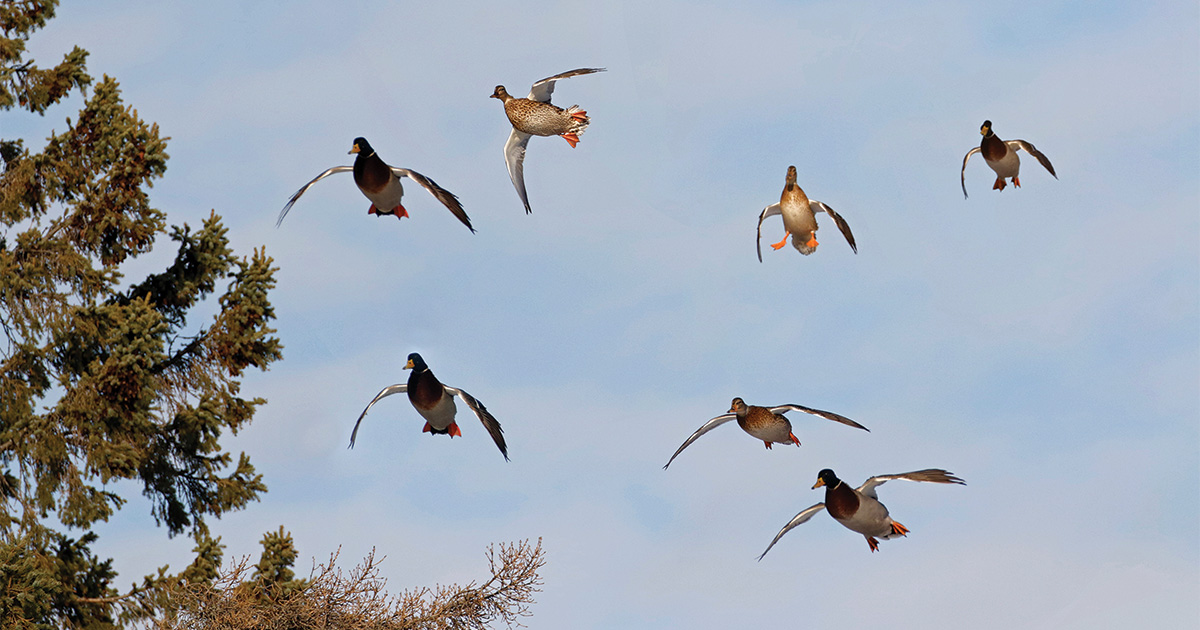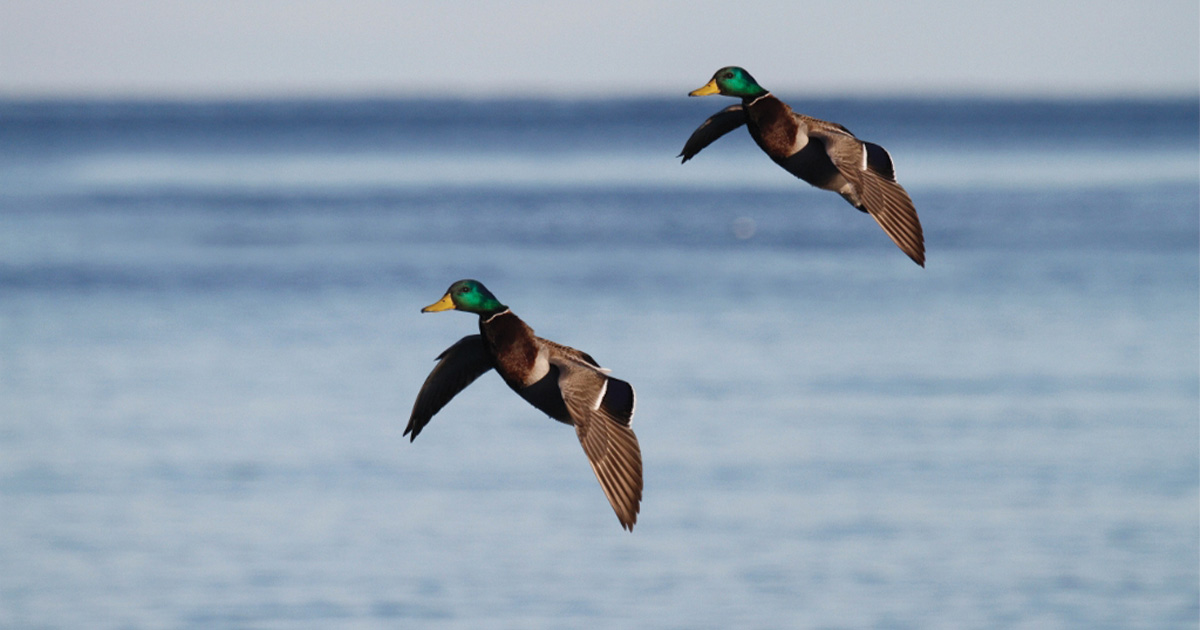Migration Alert: Good Habitat Conditions Sets the Table for Pacific Northwest
Sept. 26, 2023 – Pacific Flyway – Pacific Northwest Preview
Sept. 26, 2023 – Pacific Flyway – Pacific Northwest Preview

As the curtain rises on waterfowl seasons across the Pacific Northwest, hunters are encouraged by the fall forecast—both in terms of weather and waterfowl.
“It was likely a typical year for waterfowl production,” predicts Dr. Mark Petrie, director of conservation and planning in DU's Western Region. “Most of our birds come from Alaska, and we should see typical numbers of ducks and geese this fall.”
Alaska had a delayed spring, with many breeding areas still locked in ice when surveys were flown, resulting in a sharp decline in waterfowl pair numbers in surveyed areas. Much of interior Alaska, however, was warmer, and Petrie believes many birds likely nested in those areas after surveys were flown.
In the Pacific Northwest, frequent rainfall created much improved habitat conditions for breeding waterfowl across the region.
Despite some relatively dry areas in eastern Washington, Kyle Spragens, waterfowl section manager for the Washington Department of Fish and Wildlife, is encouraged by what he has seen during waterfowl banding operations in both sides of the state.
Even the east produced more ducklings than last year, suggesting opening weekend hunters may find good success wherever they find water.
Meanwhile, across the coastal bays and waters of Puget Sound, “decent numbers of pintails and green-winged teal are showing up, so that's normal timing,” Spragens says.
Brandon Reishus, migratory game bird coordinator for the Oregon Department of Fish and Wildlife, is optimistic, especially after seeing much more water this year on both sides of the Cascades.
“The habitat is much better than last year,” Reishus observes, “and local duck production was better this year than we've seen for the past three years.”

In the east, some basins that were dry last year now have water. That includes areas around Goose Lake and Warner Basin south. Warner Basin north (including Crump Lake) is still dry, but the Malheur National Wildlife Refuge has more water than last year.
In the west, Reishus echoes Spragens observations of the arrival of pintails and teal, along with a few white-fronted geese, cacklers, and sandhill cranes.
“They're all on time,” he says.
DU Regional Biologist Kelly Warren echoes the enthusiasm about local and northern birds.
“Just add water, and they will come,” Warren says.
Jeff Knetter, upland game and migratory game bird coordinator for Idaho Department of Fish and Game, reports that it is a great water year statewide except in the northern panhandle, where conditions are more typical. Given improved habitat in southwest Idaho, birds are likely to hold longer in this area than last fall. Knetter notes that the Snake and Boise Rivers should have lots of backwater habitat as well.
Geese are also doing well, Knetter says, including those in the southeast corner of the state. “They're a good bellwether,” he observes.
Stay up to date with the latest migration information.